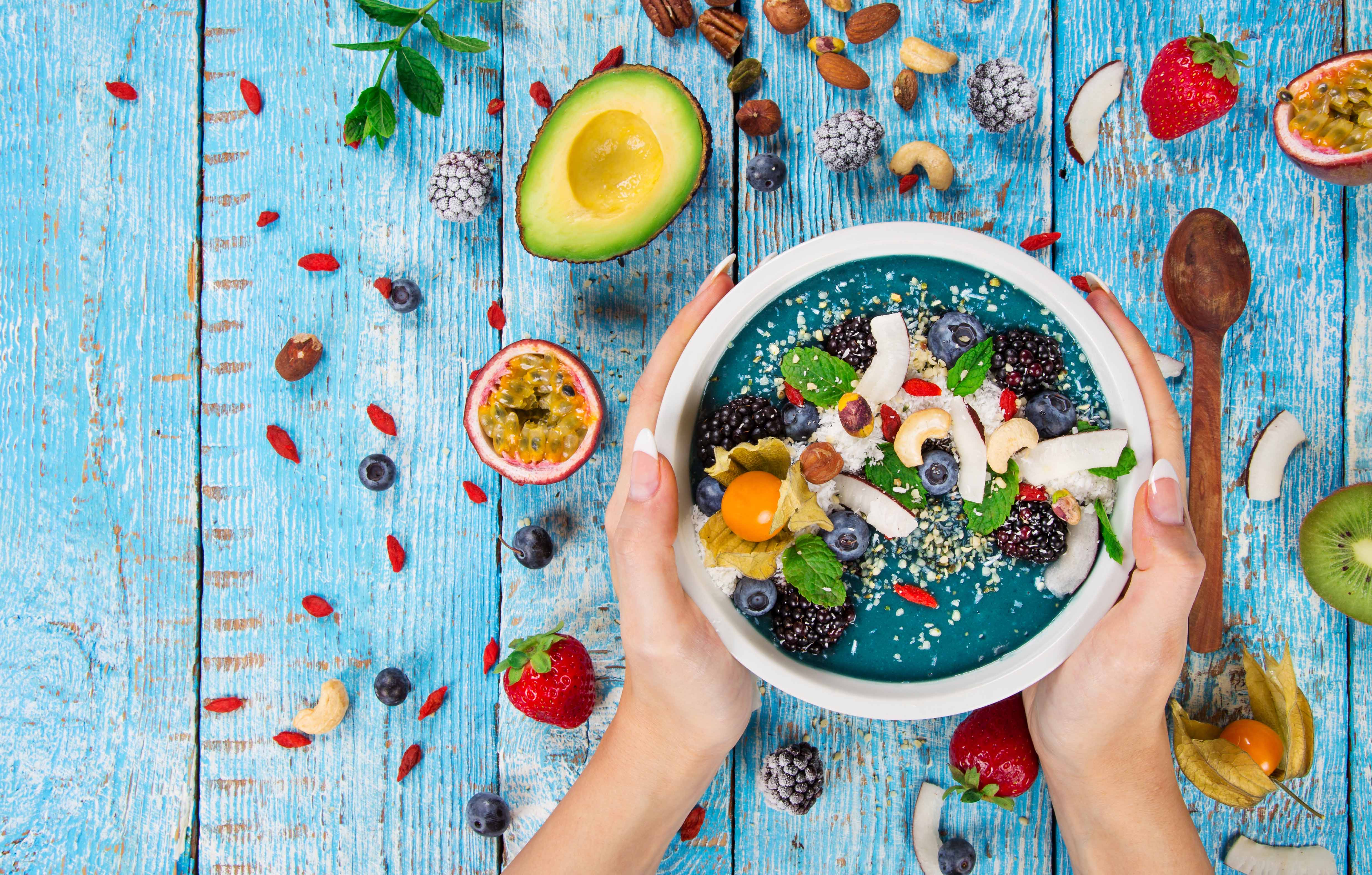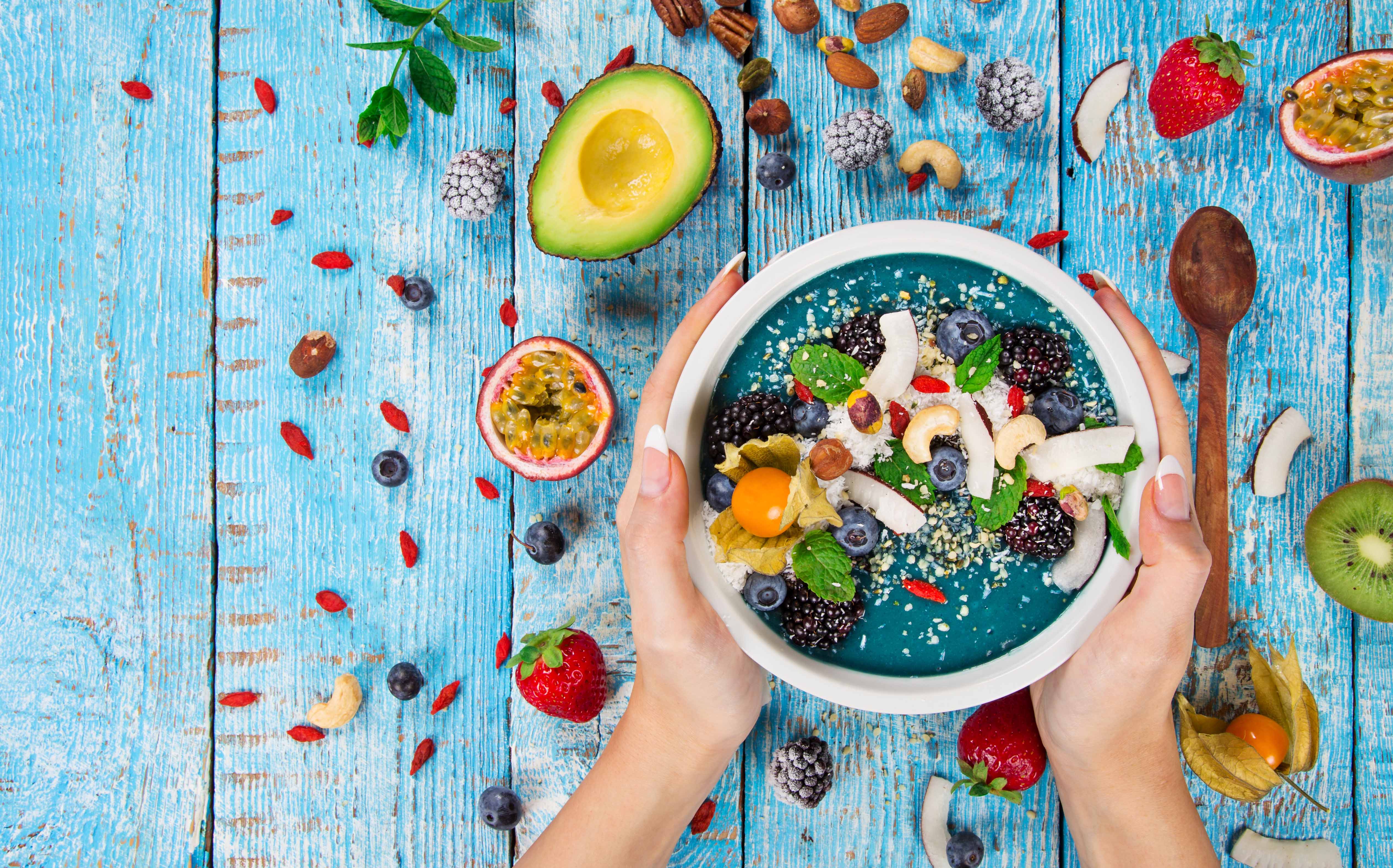Superfoods: help or hype?


Superfood or super gimmick? This article takes a look at what is important when you’re trying to decide whether there’s any actual truth behind the superfoods term and the marketing hype.
Tips for being a smart superfood shopper
Examine the evidence! If a superfood sounds too good to be true, it probably is. The internet is a great place to search for long-term studies, just make sure the studies have been conducted on human test subjects (while animal studies are helpful, they don’t provide direct evidence of any health claims that are being made by marketers.) It’s also important to look at the funding behind the study. Food lobbyists, corporations, and government groups have been known to skew results or intentionally mislead consumers into believing their cancer-curing or weight-loss claims are true in order to sell more product.
Compare nutritional profiles. Do a side-by-side comparison of superfoods with more easily available and less expensive options. Why pay ten times the price when you can reap the same nutritional benefits with more accessible ingredients?
Remember that the term “superfoods” is a marketing term. Superfood is an unregulated term with no actual scientific meaning, which means that anyone can deem a specific food a superfood if they want to increase sales.
The environmental and economic implications of buying superfoods
As the popularity of certain superfoods increases around the world, it’s important to consider the environmental and economic implications for the people who populate the area where the food is traditionally grown and harvested. An ever-increasing demand for these heavily marketed foods has resulted in high prices, not only for people buying the product around the world, but also for the farming communities that have been growing the food as a staple ingredient for thousands of years. Another consequence of the superfood industry? Dwindling seed diversity. For example, quinoa is now so universally beloved that Bolivian and Peruvian farmers currently only use a handful of the 3000 varieties of seeds that have historically been regularly cultivated. Thanks to the efforts of farmers and grassroots organizations, there has been an interest in preserving heritage seeds and traditional growing methods.
Two superfoods debunked
Açai berries
Anti-aging, weight loss-promoting, cholesterol-reducing, and even cancer-curing: These are just some of the bogus claims food marketers have been making since açai berries first started showing up in health food stores in the 1990s. What makes these small purple berries so miraculous? Harvested from the açai palm in Central and South America, açai berries contain high levels of antioxidants. While this information seems like good news, it directly ignores the fact that studies on the effects of antioxidants on cancer prevention, heart disease, and hypertension have largely been disappointing. In North America açai berries can be bought as a frozen pulp, freeze dried berries or powdered; they also come with a very hefty price tag. Fortunately, you can reap many of the benefits (some even more so, like more vitamin C and less sugar) by eating fresh or frozen blueberries instead.
Kale
Up until recently, kale seemed doomed to forever be a garnish and never an edible ingredient (let alone a superfood.) Thanks to the marketing genius of Oberon Sinclair, the woman who made the previously forgettable green so ubiquitous it now has its own National Kale Day, kale became an essential household ingredient for anyone with even a passing interest in their health. Massaged and added to salads, blitzed into smoothies, pounded into pestos, and even added to beauty products, other leafy greens were left by the wayside in favour of kale. As it turns out, kale is a nutritionally dense food, but so is Swiss chard, collard greens, spinach, broccoli, and mustard greens (in fact, kale ranks lower in dietary fibre and iron than these options.)
